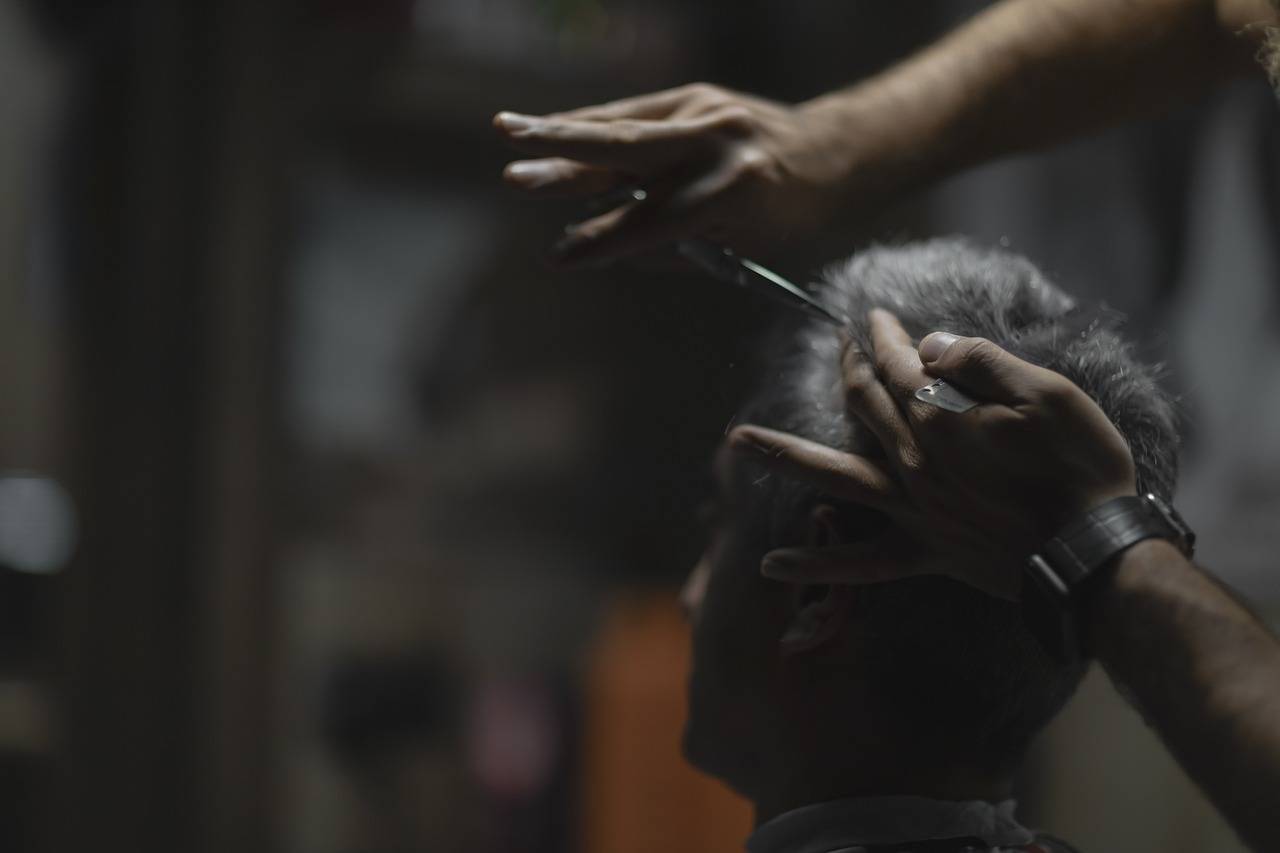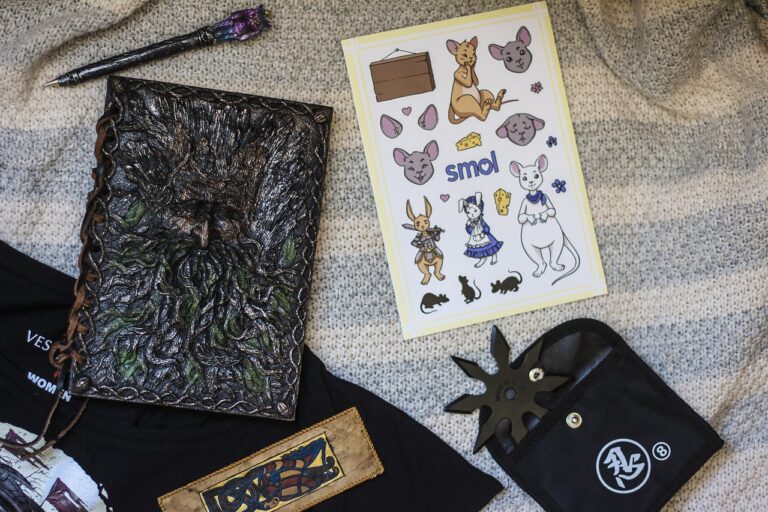Inclusivity in Fashion: Embracing Diversity and Body Positivity
Having a diverse range of models in the fashion industry is crucial. Representation matters, as the bodies we see in advertisements, runway shows, and magazines greatly impact our perception of beauty standards. When brands feature individuals of various shapes, sizes, ethnicities, abilities, and gender identities, it sends a powerful message that beauty is not limited to one narrow ideal.
Moreover, when people can see themselves reflected in the fashion world, it fosters a sense of inclusivity and acceptance. It is essential for individuals to feel validated and represented in the media they consume, as this can help boost self-esteem and promote body positivity. By showcasing a wider range of models, the fashion industry can break down harmful stereotypes and inspire people to embrace their unique features.
Celebrating Different Body Sizes and Shapes
In the ever-evolving landscape of the fashion industry, there is a growing recognition of the necessity to embrace and celebrate different body sizes and shapes. This shift towards inclusivity is not just a passing trend, but a fundamental reevaluation of what beauty and style truly mean.
By featuring models and individuals with varying body types on runways, in campaigns, and within the pages of fashion magazines, the industry is starting to create a more realistic and representative image of beauty. This move towards diversity not only empowers those who have long felt marginalized by limited beauty standards but also sends a powerful message to society about the value of embracing individuality and authenticity.
Breaking Stereotypes in the Fashion World
The fashion world has long been criticized for perpetuating stereotypes and promoting unrealistic standards of beauty. However, a shift is underway as more designers and brands embrace diversity and inclusivity in their collections. From showcasing models of various ethnicities to featuring individuals with disabilities on the runway, the industry is slowly but steadily moving towards a more representative landscape.
One of the key drivers behind this change is the increasing demand from consumers for authentic and relatable representation in fashion. Social media platforms have provided a space for voices that were previously marginalized to be heard, leading to a greater awareness of the need for diversity in the industry. As a result, more designers are incorporating different body sizes, shapes, genders, and ages into their campaigns, challenging long-standing stereotypes and paving the way for a more inclusive future in fashion.





